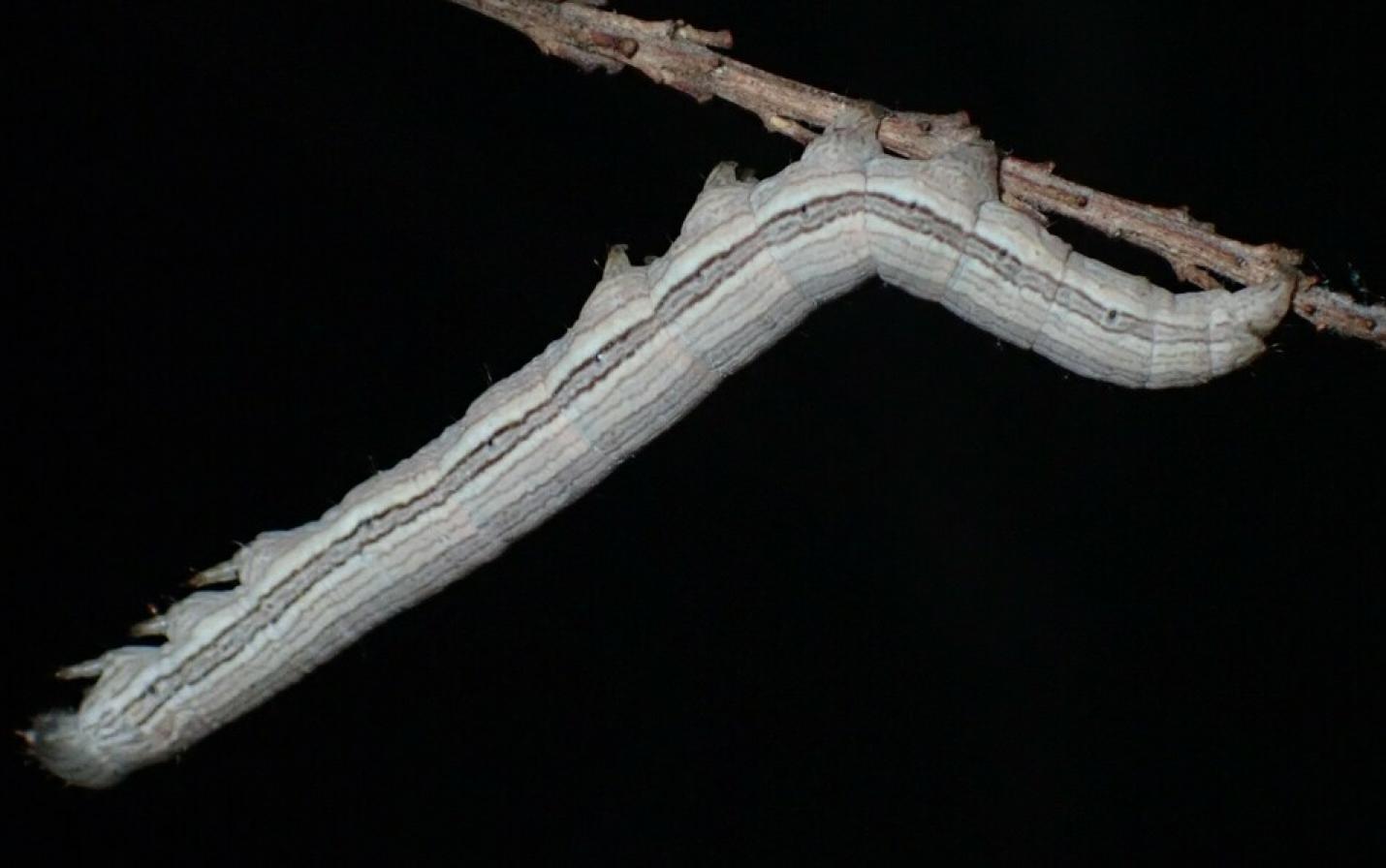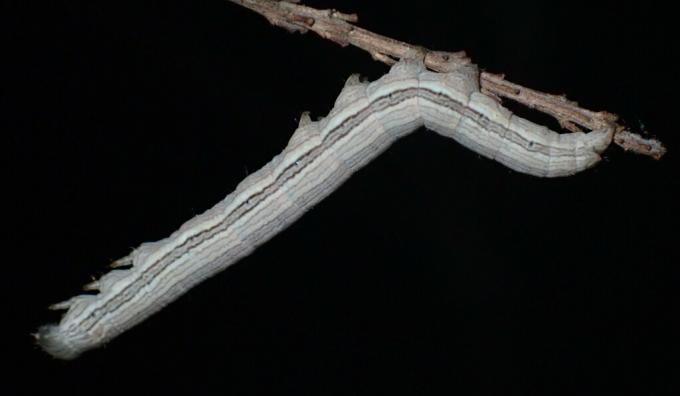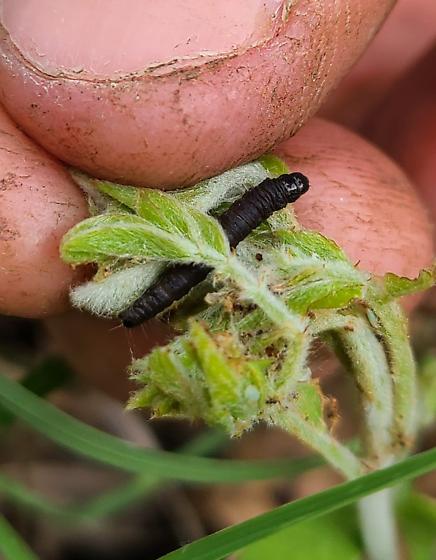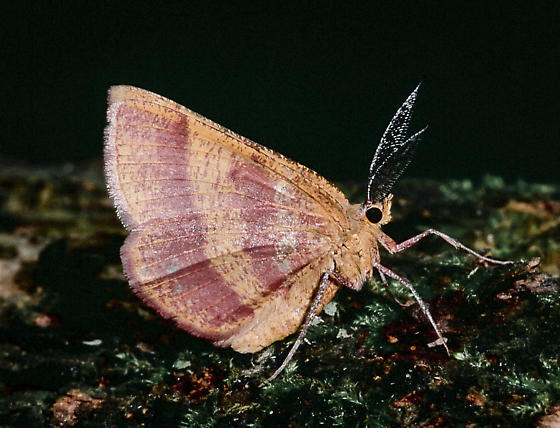
At Mississippi Valley Conservancy, we’re dedicated to preserving the diverse wildlife and plants that make our region so special. We provide a voice for all wildlife, including the small, lesser-known creatures that play a crucial role in the health of our ecosystems. Take, for example, some fascinating moth species that rely on prairie plants like leadplant and New Jersey tea. While these moths may not have the same name recognition as something as flashy as a monarch and other butterflies, they are vital to the environment we are working to protect.



Let’s introduce a few of these species:
- Catocala abbreviatella — Known as the abbreviated underwing moth, this species exclusively feeds on leadplant, making it another species we need to protect to ensure its survival. (left photo)
- Anacampsis wikerii — A new species of micromoth discovered in 2013, it is known to feed only on leadplant and false indigo bush. This species is still not well understood, and scientists are eager to learn more about its life cycle and role in the ecosystem. (middle photo)
- Erastria coloraria — Also known as the broad-lined Erastria, this moth is host-specific to New Jersey tea. While it was first documented in 1798, much about this species remains a mystery, and it faces threats that have made it critically imperiled in some areas. (right photo)
You might wonder, “Why should we care about moths?” Moths play an essential role in nature. Their larvae are important food sources for many animals, and adult moths help pollinate plants, contributing to biodiversity. In addition to their ecological value, moths and other insects can offer potential future benefits in education and even economic development. But for these possibilities to become a reality, we must ensure these species are present and thriving. To thrive, these moths need healthy populations of their host plants.
Native prairies where leadplant and New Jersey tea are found have been decreasing nationwide. The Conservancy’s For the Wild volunteer program has been reversing this trend by expanding prairies little by little through efforts with volunteer work days to remove invading trees and brush and implement prescribed burns. One of the host plants, leadplant, can be found on at least 20 Conservancy nature preserves and on more than fifty private properties protected through conservation easements. Many of these rare and important species can be found on our protected lands, close to home. By supporting the work of Mississippi Valley Conservancy, you are helping to protect habitats for these and many other species that rely on habitat restoration and protection. Together, we can ensure that our region’s natural heritage endures for generations to come.